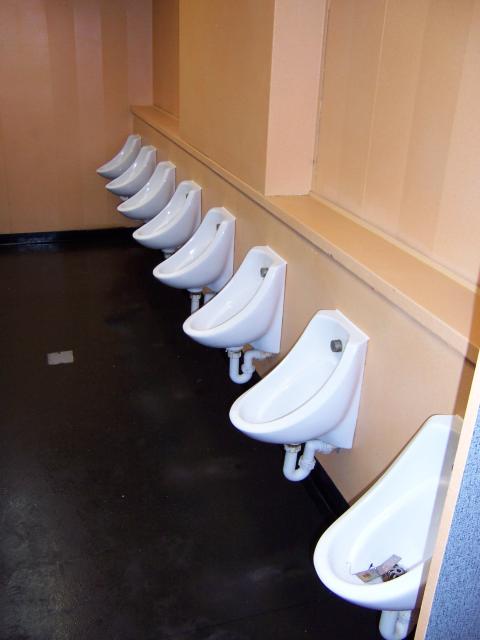
"There are over 900 stone rings located in the British Isles. Scholars say that over twice this many may have existed long ago. The most famous of these stone rings is of course, Stonehenge. Stonehenge is so mysterious that it has alleged connection with the Druids, King Arthur's court, and even visitors from another world. All of these connections are quite unfounded. Others have attributed this monument to the Phoenicians, the Romans or the Vikings. But none of these civilizations are as old as Stonehenge and therefore, they couldn't have built it. The stones of Stonehenge date between 3,000 B.C and 2,000 B.C. It is likely, therefore, that Stonehenge and other stone rings were the markings of various Neolithic chiefdoms. In southern England, the Neolithic period starts with early farming communities around 4,000 BC and ends with the start of the Bronze age around 2,000 BC. The original purpose for the monument is unclear. This is partly because its makers left no written record and partly because the site has been reconstructed and modified throughout the years. It is thus tough to tell if the stones are in their original resting places. Some speculate that the site was built as a temple of worship of the ancient Earth dieties. Some say it was used as an astronomical observatory of sorts. Still others say it was a burial ground. There is scarcely any doubt that astronomical activity did take place at Stonehenge, it's just difficult to tell exactly how skillful these original observers were. Stonehenge likely required more than 30 million hours of labor. Certain stones may have been brought from over 240 miles away. It is theorized that the stones for Stonehenge were taken from a rock formation in what is now Wales and brought all the way across to the Salisbury plain."